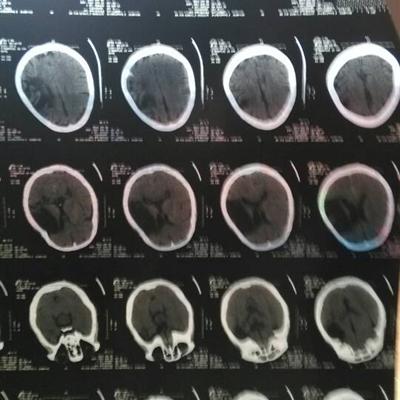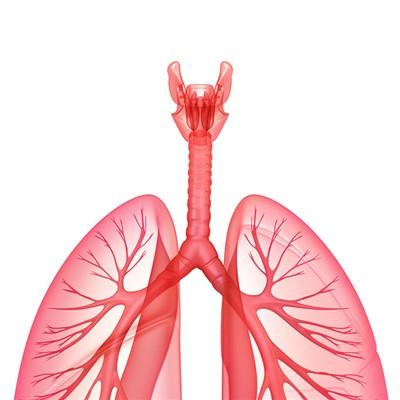Symptoms of skin anthrax
summary
Anthrax is a kind of natural focus disease, which spreads all over the world, especially in South America, Asia and Africa. In recent years, as the fur processing in the world is concentrated in cities and towns, anthrax also breaks out in cities and becomes one of the important occupational diseases. The clinical manifestations are as follows.
Symptoms of skin anthrax
Skin anthrax is the most common, which can be divided into anthrax carbuncle and malignant edema. Anthrax is more common in the skin of face, neck, shoulder, hand and foot. It is papule or macular at the beginning. On the second day, blisters appear on the top, containing light yellow liquid. The surrounding tissues are hard and swollen. On the third to fourth day, hemorrhagic necrosis appears in the central area, which is slightly subsided. There are groups of small blisters around, and the edema area continues to expand. On the 5th to 7th day, the blister was necrotic and ruptured into a small shallow ulcer. The blood secretion formed a black dry scab like charcoal. Under the scab, there was granulation tissue, forming anthrax carbuncle. The surrounding tissue had non depressed edema. The diameter of necrotic area of black scab varies from 1-2cm to 5-6cm, and the diameter of edema area can reach 5-20cm. It is characterized by firmness, no pain and no suppurative ulcer. Then the edema gradually subsided, the black scab fell off in 1-2 weeks, and the scar was formed in 1-2 weeks. Fever, headache, local lymphadenopathy and splenomegaly occurred 1-2 days after the onset.

Pulmonary anthrax: mostly primary, caused by inhalation of Bacillus anthracis spores, but also secondary to skin anthrax. The onset of the disease is usually sudden, but generally there are cold like symptoms for 2-4 days first, and then the disease suddenly occurs after remission, showing biphasic. The clinical manifestations were chills, high fever, shortness of breath, dyspnea, wheezing, cyanosis, blood sputum, chest pain, and sometimes subcutaneous edema in the neck and chest. There were only scattered fine moist rales in the lungs, or signs of meningitis, which were often not proportional to the severity of the disease. Most of the patients were critically ill, often complicated with septicemia and septic shock, and occasionally secondary to meningitis. If it is not diagnosed and rescued in time, it will often die of respiratory and circulatory failure 24-48 hours after the emergence of acute symptoms.

Intestinal anthrax: can show for acute gastroenteritis and acute abdomen type. The incubation period of the former is 12-18 hours. The same eater may have severe vomiting, abdominal pain and watery diarrhea at the same time or successively, and recover quickly within a few days. The latter onset is sudden, with severe toxemia symptoms, persistent vomiting, diarrhea, bloody stool, abdominal distension, abdominal pain, abdominal tenderness or peritonitis signs, if not treated in time, often complicated with septicemia and septic shock and died within 3-4 days after onset. Meningeal anthrax: mostly secondary to various types of anthrax with septicemia, primary occasionally. The clinical symptoms included severe headache, vomiting, convulsions and obvious meningeal irritation. The patient may die within 2-4 days after onset. Cerebrospinal fluid is mostly bloody. Septic anthrax: secondary to lung anthrax or intestinal anthrax, less caused by skin anthrax. It can be accompanied by high fever, headache, hemorrhage, vomiting, toxemia, septic shock, DIC, etc.

matters needing attention
Anthrax affects many organs of the human body, resulting in a complex and serious condition. Timely treatment should be carried out. Due to the complex and diverse symptoms of the disease, symptomatic treatment and local treatment can be used to control the disease in a timely manner. At the same time, pathogens should be treated. Only by eradicating the pathogens, patients can get better rehabilitation.










